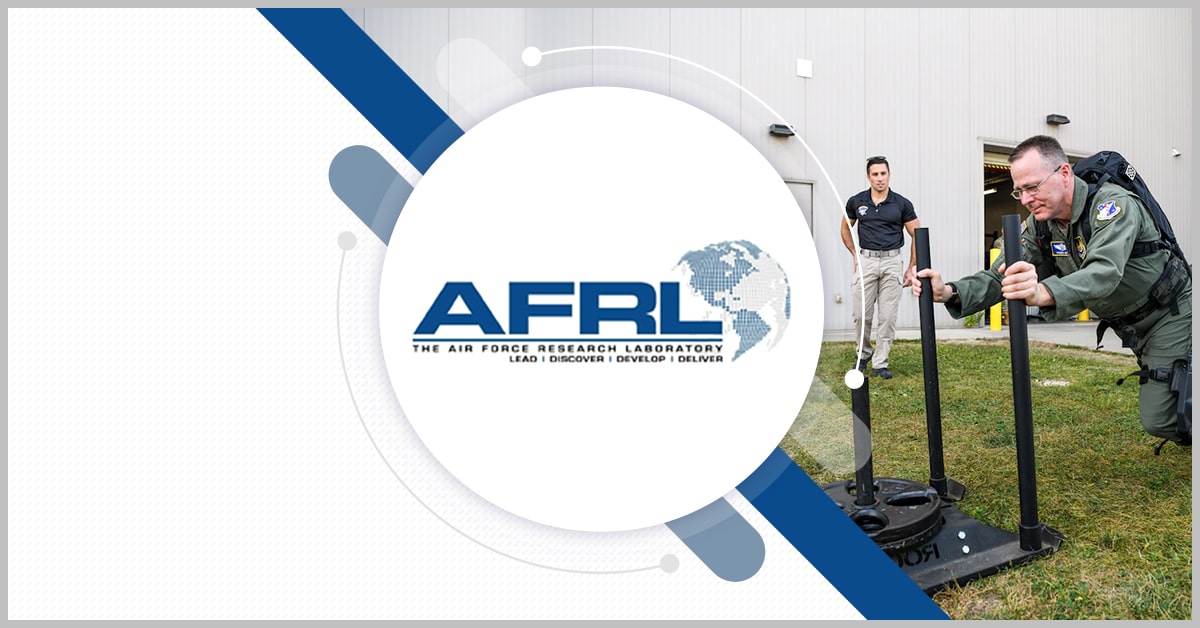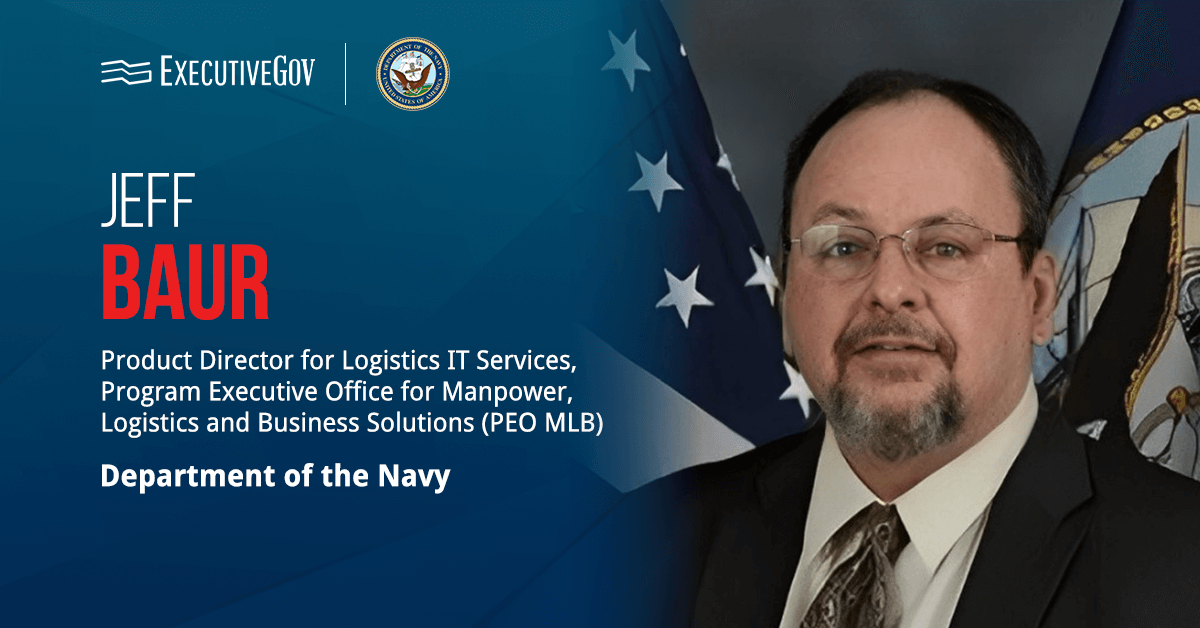The General Services Administration is conducting market research on current and potential providers of open radio access network, or ORAN, products, services and versions, such as virtual radio access and open virtual radio access networks.
Through the RFI, GSA hopes to gain information that could support its efforts to meet the requirements of the National Strategy to Secure 5G and the Secure 5G and Beyond Act of 2020, the agency said Friday.
The RFI is focused on four main areas, two of which are the identification of ORAN market leaders and risk factors. GSA also wants to evaluate current contract language and provisions as related to the government’s 5G strategy and discover areas in which GSA “should develop additional collateral on our vehicles and products for internal and external consumption.”
In support of this initiative, GSA’s Office of Information Technology Category will work to pinpoint current vendors with multiple award schedule contract awards and/or government-wide acquisition contracts for ORAN and associated services and products.
The agency’s Office of Enterprise Technology Solutions and Technical Account Management Division will also participate in the research.
GSA will accept responses through 5 p.m. Oct. 31.
The National Telecommunications and Information Administration is also investing in ORAN. In July, Echostar established a lab for vendor ORAN testing, which was financed by a $50 million grant made through the agency’s Public Wireless Supply Chain Innovation Fund.













